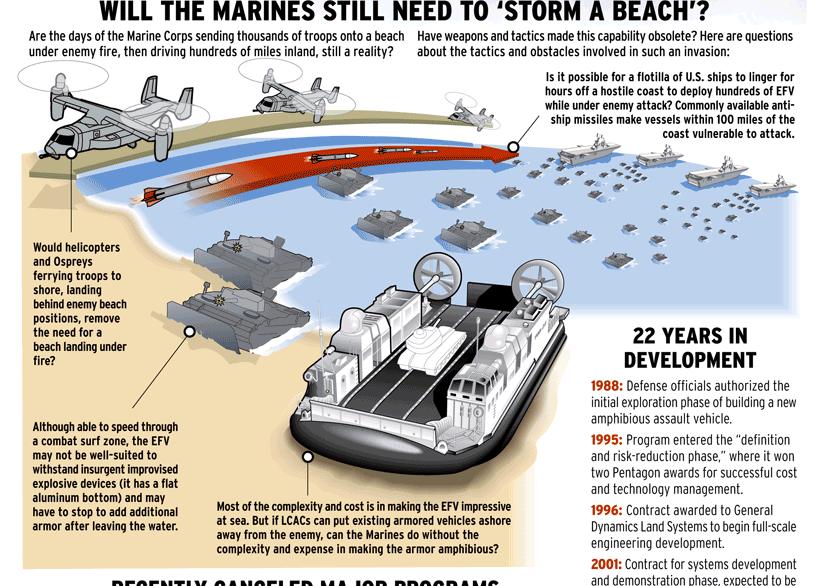Marines do not bleed!
BY Herschel SmithFrom DVIDS:
HELMAND PROVINCE, Afghanistan — “Marines do not bleed. They do not eat, they do not sleep. They are not human.”
Afghan citizens voiced these words in December after watching Marines with Combat Logistics Battalion 3, 2nd Marine Logistics Group (Forward) conduct a route repair operation for three consecutive days near Durzay, a rural community in Afghanistan’s Helmand province. Until recently, certain communities throughout southwestern Afghanistan have not witnessed coalition operations.
This perception of Marines as heartless, impersonal figures stems from their meticulous work ethic and discipline, said Sgt. Kyle Ekblom, combat engineer, Engineer Company, CLB-3, 2nd MLG (Fwd). Though Marines pride themselves on their warrior persona, the perception of the Marine Corps as an inhuman, militaristic force will hinder their ability to succeed in Afghanistan.
While conducting military operations in Afghanistan, coalition forces instruct their personnel to maintain a personable and professional relationship with the Afghan community. Since beginning operations in Afghanistan nearly 10 years ago, coalition personnel established themselves as a security force determined to eradicate the Taliban and rebuild the nation’s infrastructure.
“We’re trying to break that perception,” said Ekblom, a native of Brandon, Fla. “Communication limitations in this country make [the Afghan citizens’] knowledge based solely upon what they see. We’re not trying to impose our culture or beliefs upon the Afghan people. We’re just trying to provide them with a country, which isn’t governed, oppressed or threatened by the Taliban. We’re here to help these people live their lives in the manner they see fit. By developing a rapport with the Afghan community, we can earn their trust and accomplish our mission.”
According to Khliq Daad, a 57-year-old resident of Haji Hanif Khan, Afghanistan, Marines must continue to develop strong relationships with Afghan citizens if they want to distance themselves from the perception as an invading force, such as the former Soviet Union. Though younger generations of Afghans may not recall the Soviet occupation, they could easily view any foreign military in the same negative manner. However, in the time since coalition forces began their operations, Afghanistan and its citizens have experienced many positive changes.
“Once the Marines showed up, Taliban activity in my village ceased,” said Daad, through an interpreter. “The Taliban here were preventing construction and rehabilitation of this area. When the Marines first showed up, they were only fighting to bring us peace. But now I see them conducting many projects and my village is much more secure. I want this knowledge to spread throughout Afghanistan – the knowledge of the good things Marines are doing for this country. Without this knowledge, those who are not educated will continue to make bad choices.”
Daad believes coalition forces will continue to find success in his country if they continue to influence those who may perceive them as inhuman – a perception as damaging as it is insulting. Stripping Marines of their humanity denies the sacrifices they’ve made.
Forgive me if I don’t share in the happy thoughts of the good things that the Marines are doing for Afghanistan. Neither will I cover, comment on or press for international “humanitarian” missions for the U.S. Marine Corps. The Marine Corps is for shock troops, for rapid deployment, for distributed operations, for quickly-devolving security situations across the globe where there is an inherent U.S.-self interest.
I continue to oppose the doctrines of population-centric counterinsurgency, as I have done before. If we want the local population to entrust to us their security by divulging Taliban identities and whereabouts, why wouldn’t we want at least to allow the myth to exist that the Marines don’t bleed, eat or sleep? Why on earth would anyone want to destroy this notion with the people? In fact, I know of similar ones believed by the people and IPs in Fallujah. The myth was left alone to exist in the minds of the locals because the Marines there didn’t believe in population-centric COIN. And … they won Fallujah.




